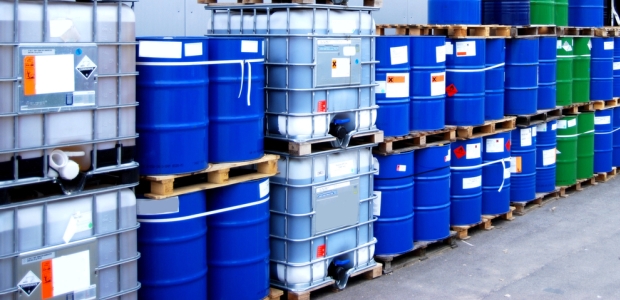
New OSHA Offerings Promote Chemical Safety: Michaels
The agency has posted annotated PELs tables showing how its current permissible exposure limits differ from Cal/OSHA, NIOSH, and ACGIH exposure limits and also a toolkit employers can use to choose safer alternative chemicals.
Two new online tools from OSHA can help employers in every industry sector choose safer alternative chemicals to substances they’re currently using and also voluntarily adopt more protective exposure limits, Dr. David Michaels, the assistant secretary, said Oct. 24. He unveiled both tools in a brief news conference: annotated PELs tables showing how its current permissible exposure limits differ from Cal/OSHA, NIOSH, and ACGIH exposure limits and also a toolkit employers can use to choose safer alternative chemicals.
Michaels said OSHA's current PELs, many of which are decades old, are "dangerously out of date" and do not sufficiently protect workers. However, releasing these tools is not an acknowledgement that OSHA has given up on trying to update its PELs through the standard regulatory process, he said, citing a current rulemaking that proposes a significantly lower PEL for respirable crystalline silica.
He began the news conference by saying thousands of chemicals are used in workplaces every day in the United States, and OSHA does not have or enforce PELs for most of them. Tens of thousands of workers are sickened or die from occupational exposures to chemicals each year, he said.
The annotated PEL tables are available at https://www.osha.gov/dsg/annotated-pels/index.html, and the toolkit is available at http://www.osha.gov/dsg/safer_chemicals/index.html. "We know that the most efficient and effective way to protect workers from hazardous chemicals is by eliminating or replacing those chemicals with safer alternatives whenever possible," said Michaels. "There is no question that many of OSHA's chemical standards are not adequately protective. I advise employers who want to ensure that their workplaces are safe and their workers are protected to use the occupational exposure limits on these annotated tables, since simply complying with OSHA's antiquated PELs will not guarantee that workers will be safe."
AIHA President Barbara J. Dawson, CIH, CSP, applauded the agency's action. "Updating the PELs has been the number one public policy issue for the association since the mid-1990s and for the first time, we are seeing some real movement from the government sector on this issue. AIHA encourages employers, workers and other interested parties to look closely at OSHA's list of alternate exposure limits because they will bring us closer to updating the PELs," Dawson said in a statement issued after Michaels' news conference.